Warning lights have a way of spiking our heart rates. After the CEL (Check Engine Light), the ABS light is one of the most alarming to see, since anti-lock brakes are such an important safety feature. What does it mean when that thing lights up, and how do you fix it?
Well, if your concern stems from your bike’s ABS symbol briefly illuminating every time you start your bike, don’t sweat it, that’s normal. Just like your CEL, the ABS warning light comes on with the key as part of the system’s self-diagnosis. Once the wheels are rolling for a few seconds, it’ll turn off.
If it doesn’t turn off, then it’s trying to alert you to a problem. Here are the most common ones.
Hardware issues
Ever heard the suggestion to check the simple stuff first? It’s sound advice, and applies here, too. Anti-lock brakes rely on sensors mounted on the caliper brackets and tone rings bolted to the wheels to monitor and compare front and rear wheel speeds. So if there’s anything wrong with those components, the ABS light will come on.
It could be that the single bolt that secures the sensor is loose. The sensor or wiring could also be cracked, torn, or otherwise damaged from an impact or a piece of flying debris. Look everything over carefully to make sure that’s not the issue.
There might also be stuff stuck to the sensor, interrupting or blocking the signal. There’s a magnet in there, and I’ve seen instances where metal shavings or ferrous dust has accumulated on the sensor head and caused problems.
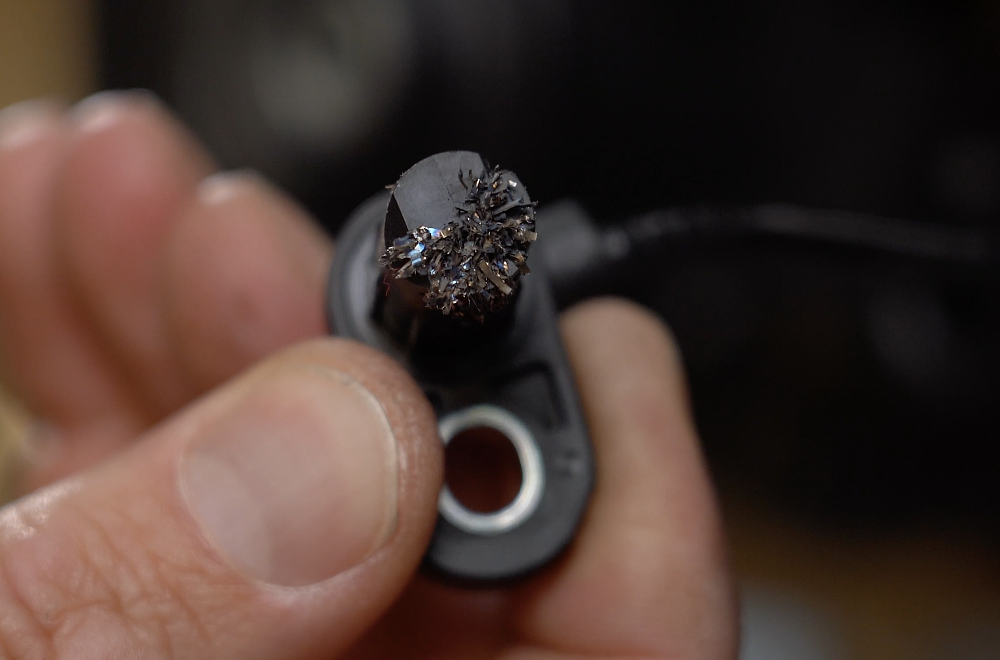
The tone ring on the wheel could be the source of the problem as well if, say, one of the windows is damaged or packed with mud or debris. Another thing I’ve seen, and embarrassingly done myself, is install the front tire, and then subsequently the front wheel, backwards. Then the tone ring is on the wrong side and the warning light comes on. So if you had the front wheel off for any reason and now there’s an issue with the ABS light, make sure the wheel is oriented the right way.
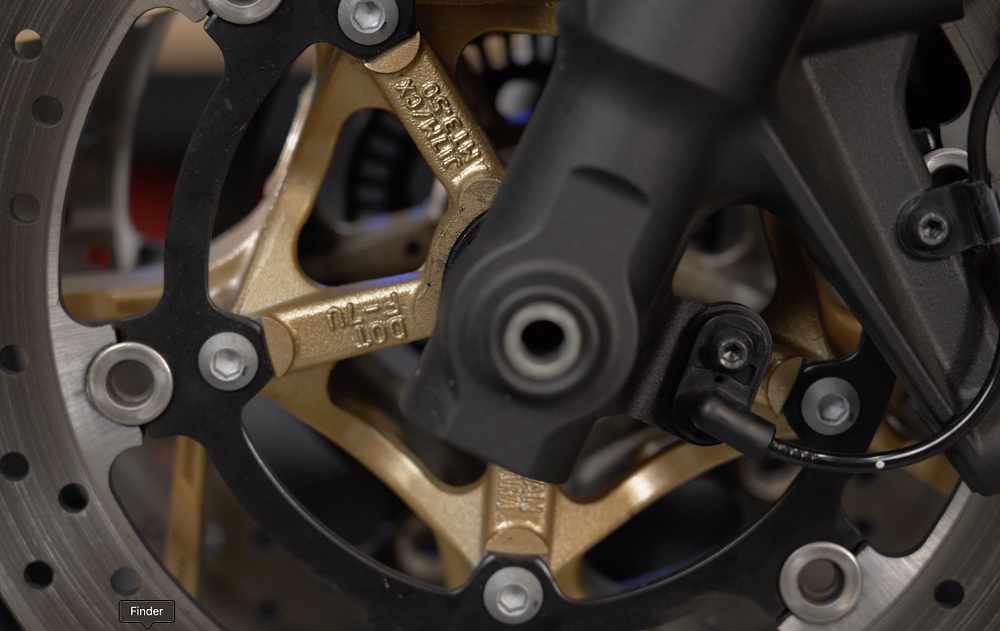
If everything looks good with the hardware, then you should move on to checking the fuse box.
In fact, checking the fuses is a recommended step any time you’re having trouble with one of your bike’s electrical systems. The anti-lock brakes actually have several fuses — for the ABS motor, ABS solenoids, and other circuits — so reference your manual to find out what and where they are, since they might not all be in the same location box.
Visually inspecting fuses is OK, but a continuity test with a multimeter is a more reliable method, plus you don’t even have to remove the fuse to do it. Now, fuses do sometimes just go bad, but if you replace a blown one and it blows again, that suggests a bigger electrical problem that you should look into.
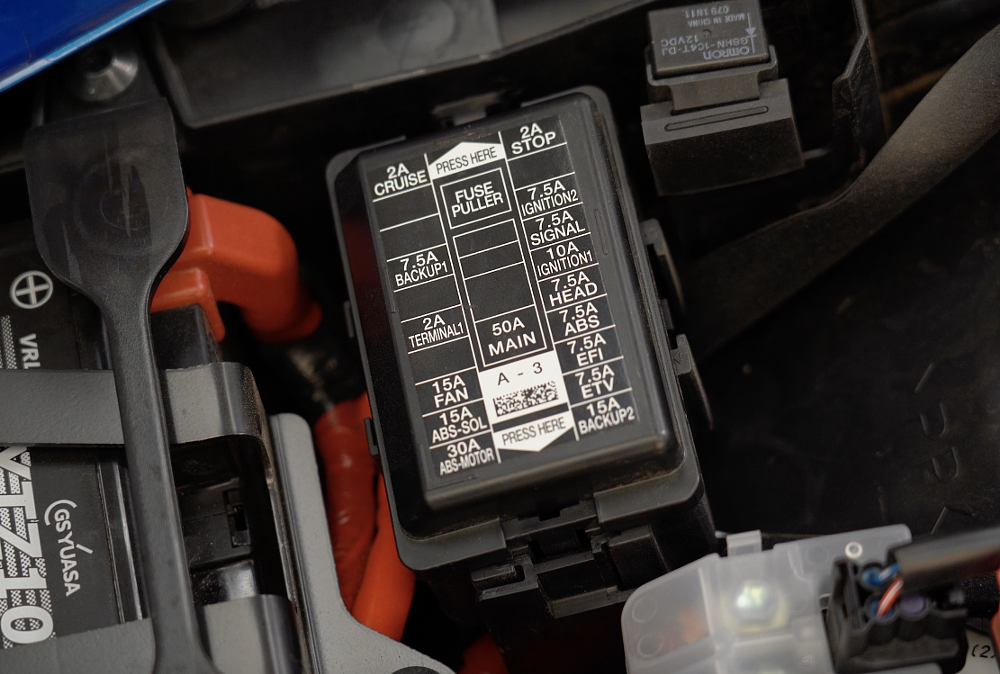
Other than issues with the sensor or tone ring or a blown fuse, there are a few more things that can cause the warning light to come on.
Less likely, but worth mentioning
If you’ve recently made a massive tire-size change, or are rolling on a seriously underinflated tire, that could alter the wheel’s rolling diameter enough to trigger an error. Similarly, if you’ve just set down an especially long wheelie or perhaps had the bike running in gear on a center or rear stand, the ABS ECU may interpret that discrepancy in wheel speed as a problem. Cycling the key should clear that up.
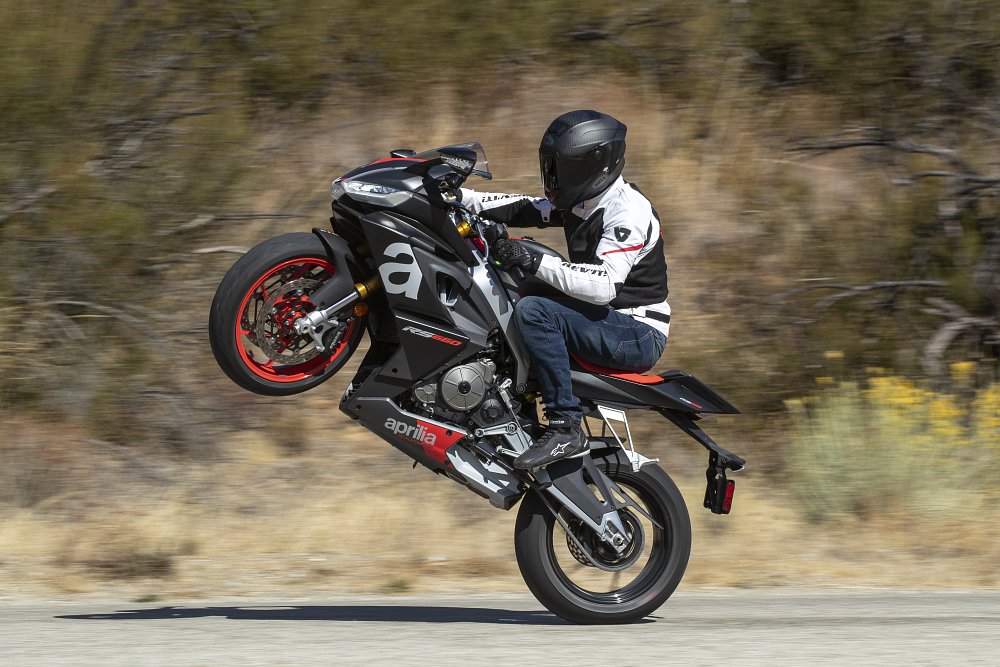
Ultimately, the best way to find the source of the problem is to just ask the anti-lock brake system. Similar to your check engine light, the ABS light will blink error codes back to you, Morse-code style. Your bike’s shop manual will outline how to access the ABS’s self-diagnostic feature, which might require a scanner, but might be as simple as grounding a test lead. From there, you count the blinks of the warning light and compare those to your bike’s code table, and you’ve got some solid intel with which to pursue a solution.
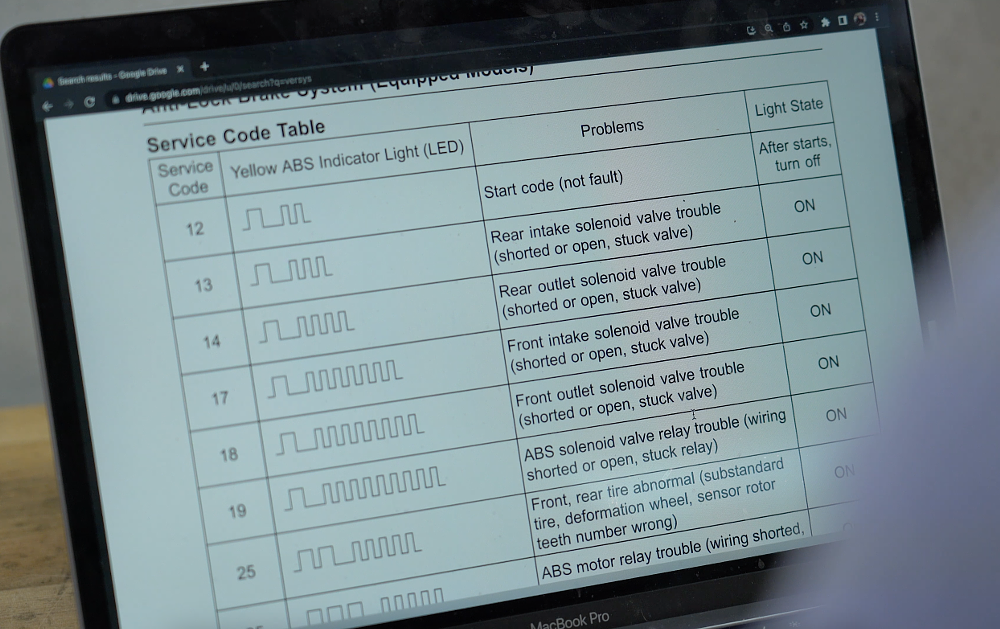
Whatever the case, if that warning light is illuminated, it’s not something you should ignore. Your brake will still function, but the anti-lock feature might not work. Good news is, now you know what to check.













